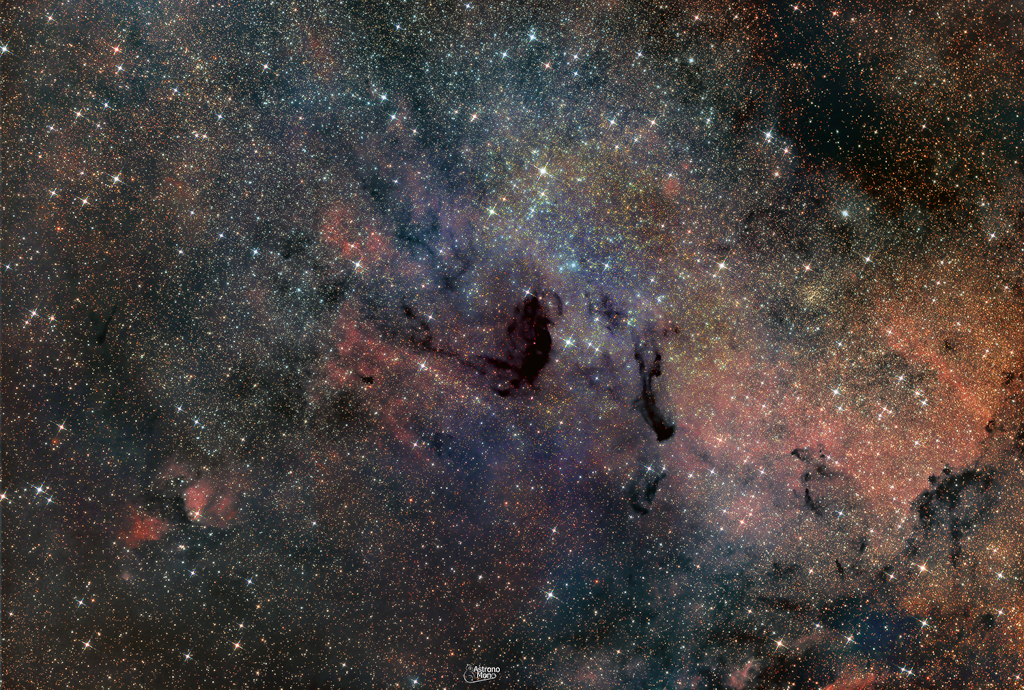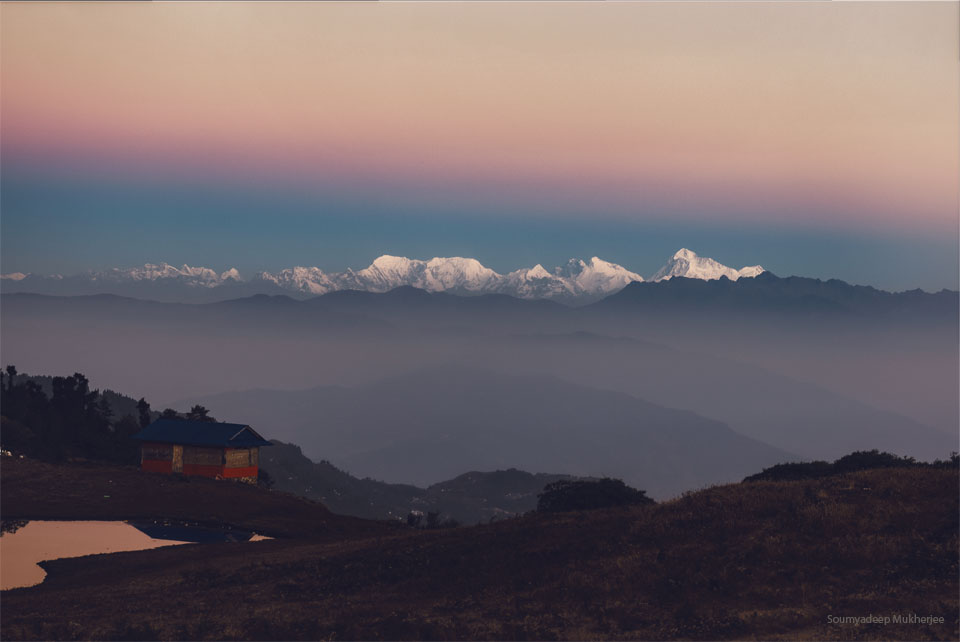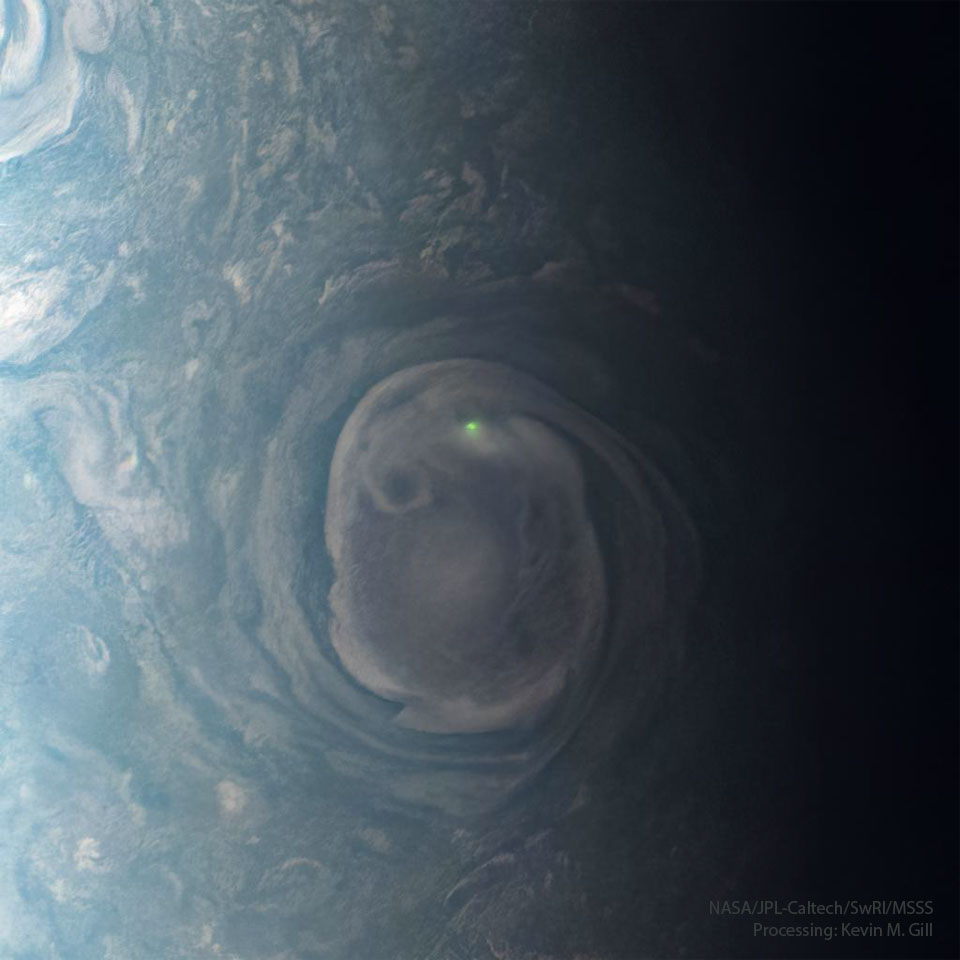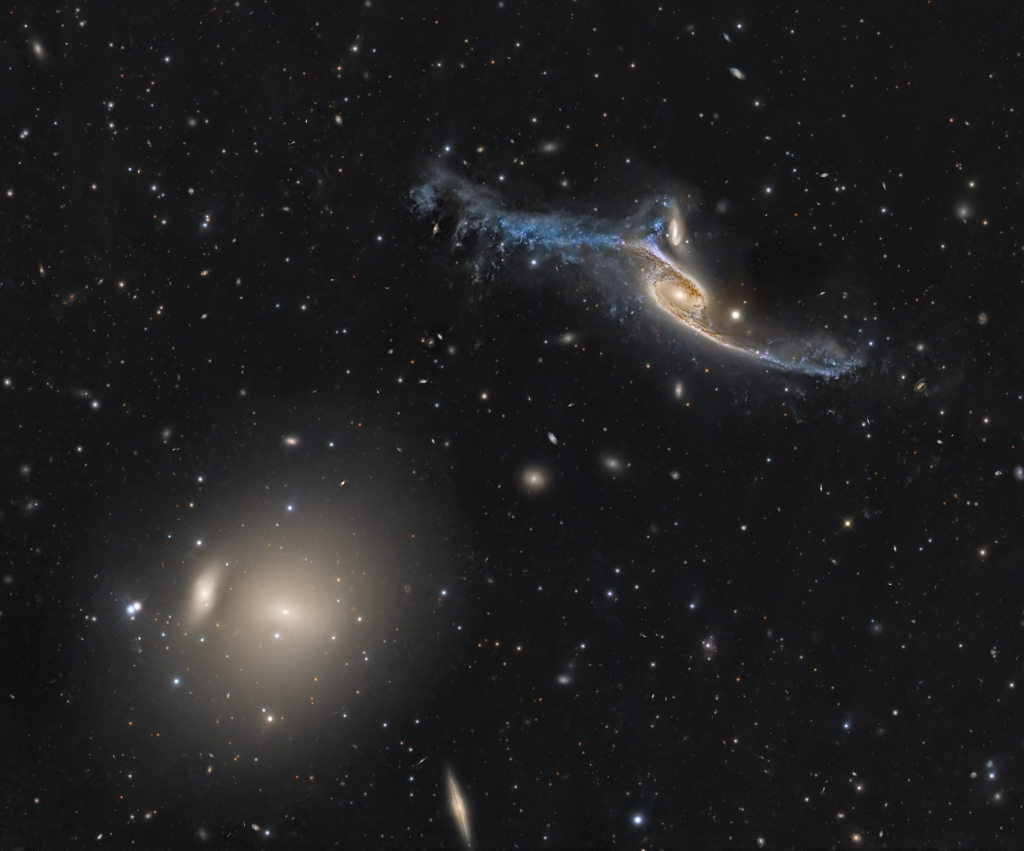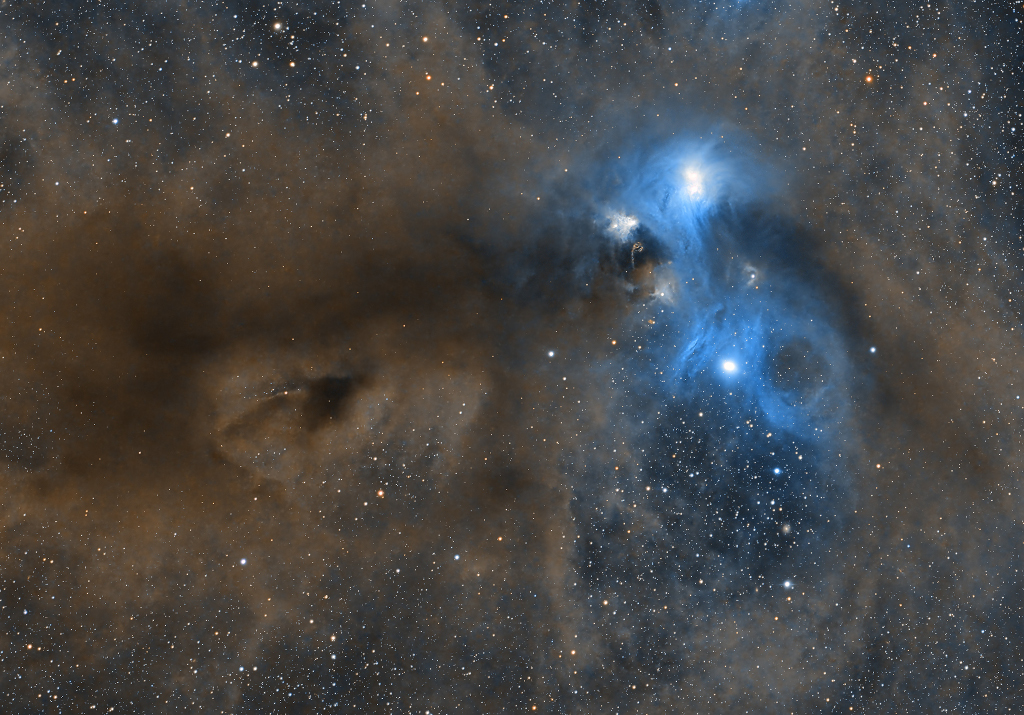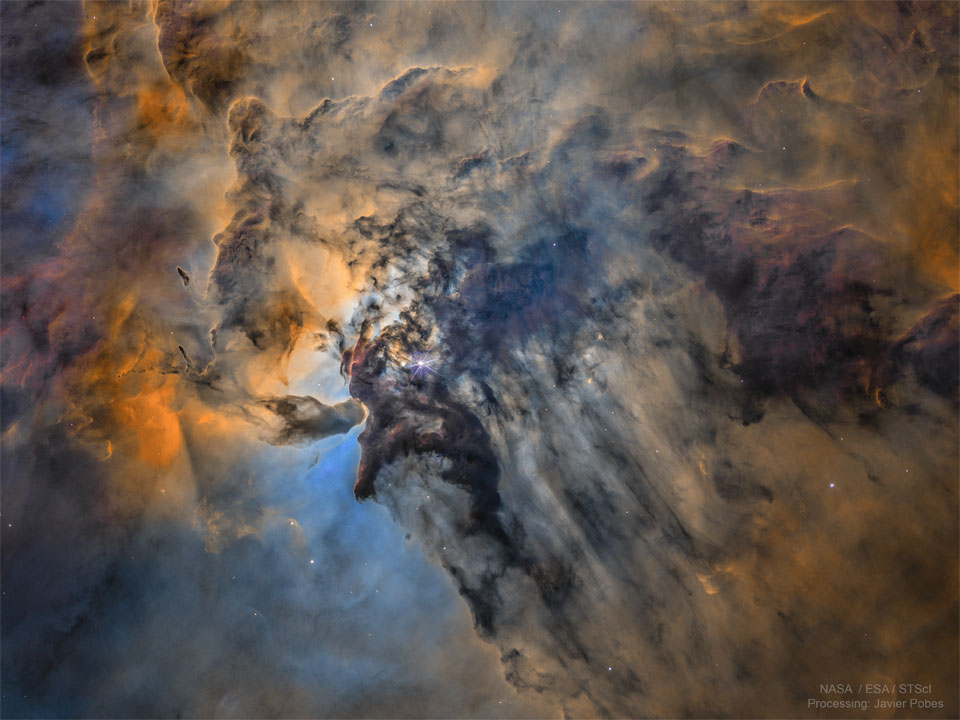M24:人马恒星云
2023年6月28日 Messier 24: Sagittarius Star Cloud Image Credit & Copyright: Emmanuel Astronomono Explanation: Unlike most entries in Charles Messier’s famous catalog of deep sky objects, M24 is not a bright galaxy, star cluster, or nebula. It’s a gap in nearby, obscuring interstellar du […]

